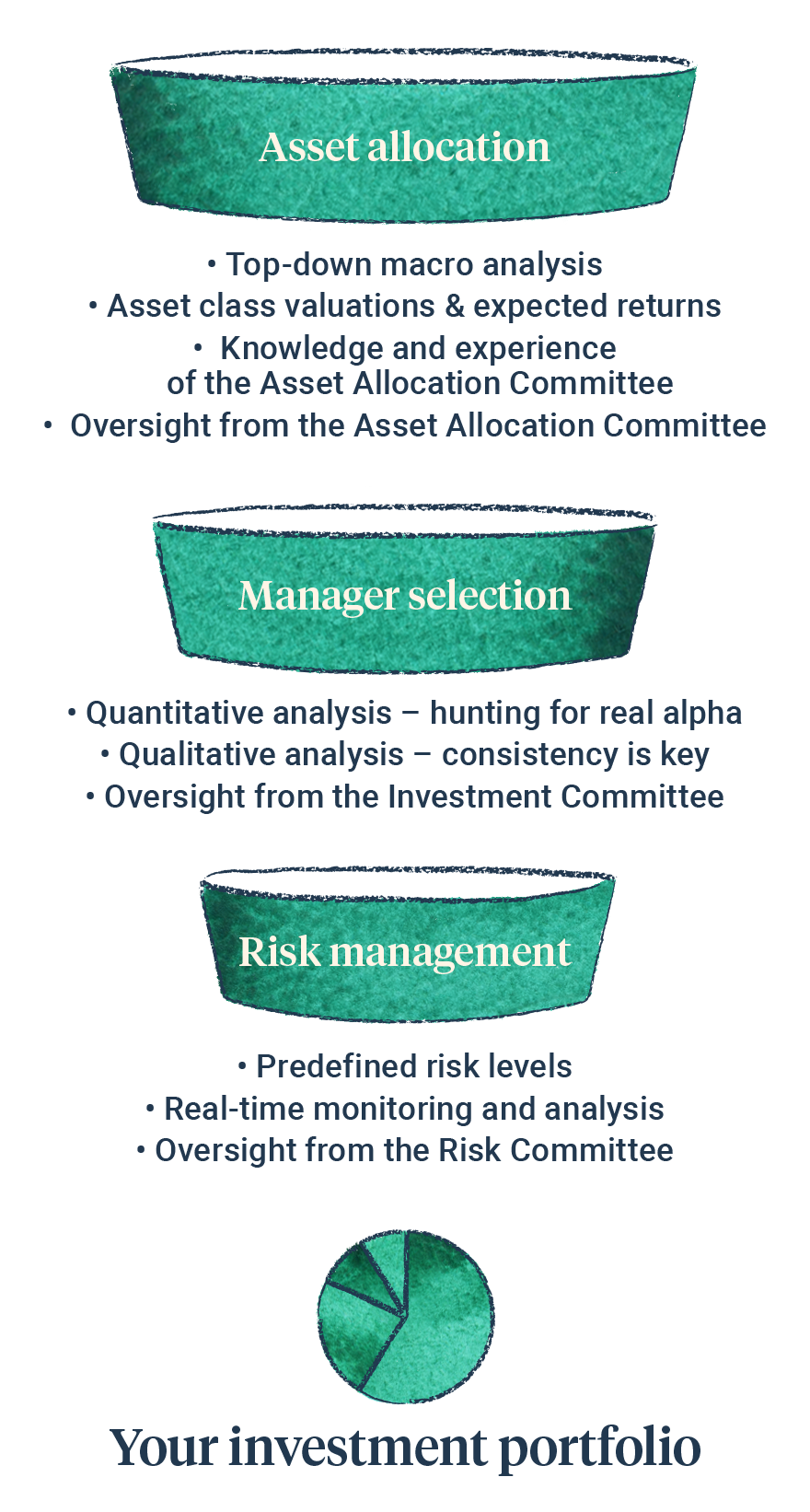Growth (economic)
The macroeconomic outlook is highly uncertain, with sharp swings in expectations as market participants adjust to new data. Trends are not clear or convincing, but it appears fears of inflation are being replaced by fears of recession. That said, whilst the data suggests economic growth is falling, many areas are showing resilience – given the uncertainties, we are not sure how long that will last. Attempting to combat inflation, policymakers have increased interest rates and reduced liquidity, which should (deliberately) reduce economic growth, and therefore inflation. The key issue for us is the extent to which economic growth is reduced in combatting inflation (e.g. how much unemployment will rise, and how much corporate earnings will fall), which will itself depend on whether inflation is now embedded in the economic system – in our view service inflation looks “sticky”, companies are struggling to attract workers so are increasing wage offers, which makes the system vulnerable to a wage price spiral, but on the other side the evidence suggests inflation in tradeable goods has probably peaked.
Interest rate & liquidity environment
Policy hawkishness is still the main feature influencing markets. The central case amongst equity and bond investors appears to be that inflation is peaking around now, presaging a peak in interest rates during 2023. However, central bankers are signalling higher rates for longer. Additionally, they are reducing their balance sheets and market liquidity which makes policy much more restrictive than headline interest rates imply, although shorter term indicators imply US dollar liquidity has bottomed and increased slightly.
Valuations & earnings outlook
World equity valuations (P/E ratio) have fallen significantly from their highs in 2021. Some areas look cheap, such as in the UK, Europe, and China, although each area has its headwinds, so the discounts are justified in our view. There is evidence that US corporate margins and earnings are beginning to come under pressure, yet they are still holding up well. Our expectation is that corporate earnings will fall from here as economies enter recession, and that this risk isn’t fully appreciated by equity investors.
Sentiment / flows
Sentiment is very poor based on survey submissions and the demand for protection in derivatives markets. Yet, in our opinion, actual investor positioning seems more ‘risk on’ with big institutional investors maintaining still high equity weightings. Perhaps the resilient earnings season is helping, and the idea that we may be near the peak in interest rates in the US.






